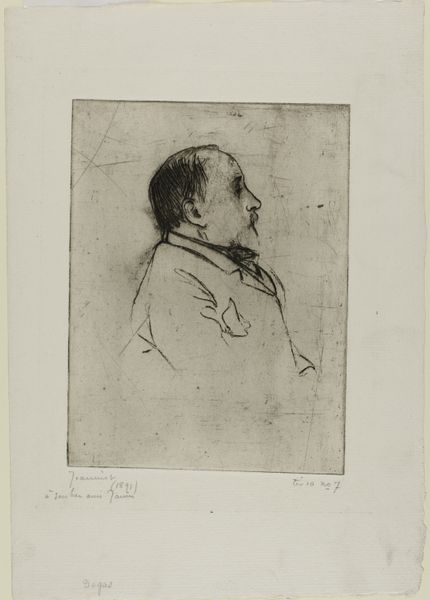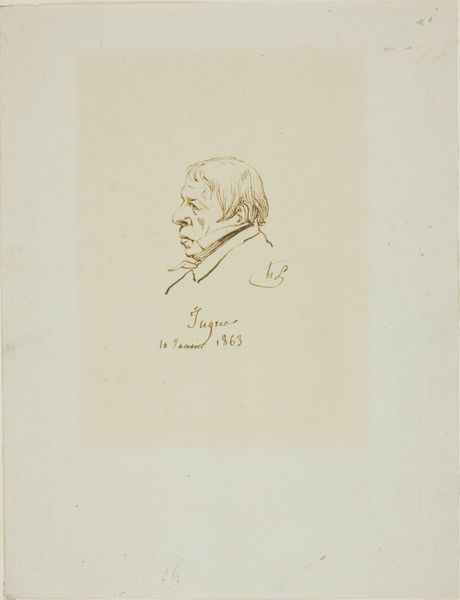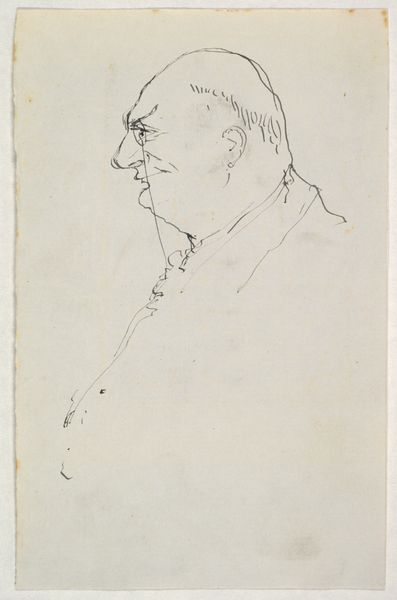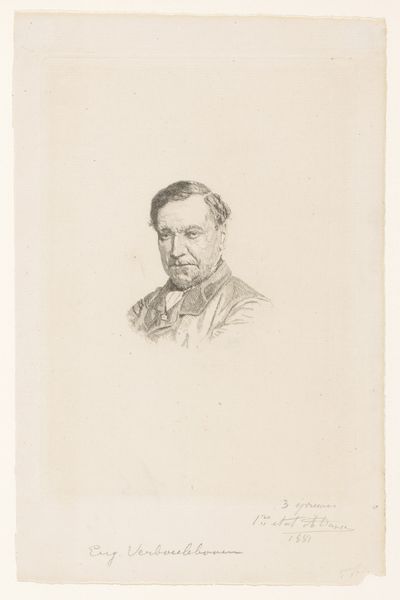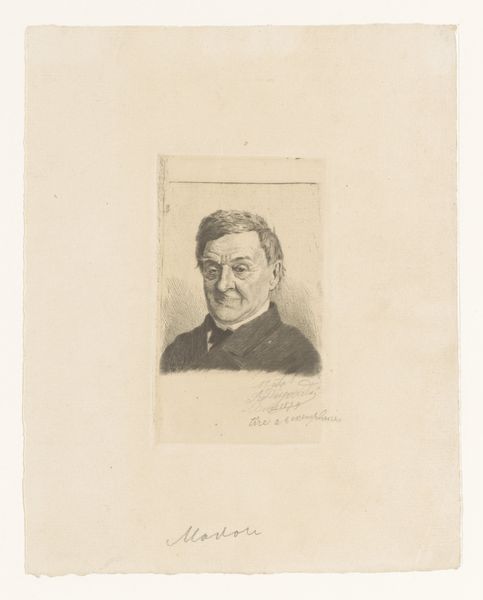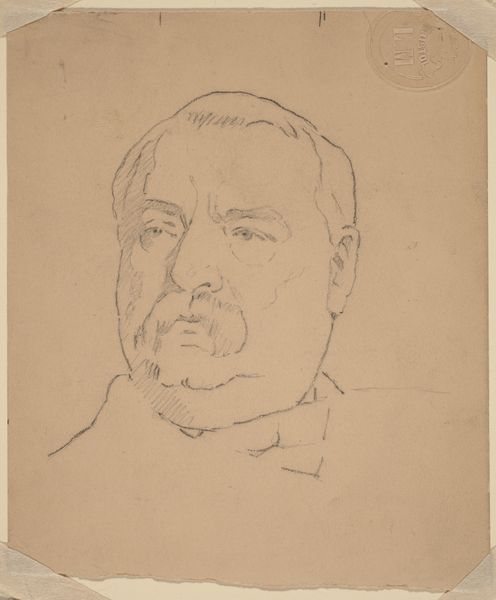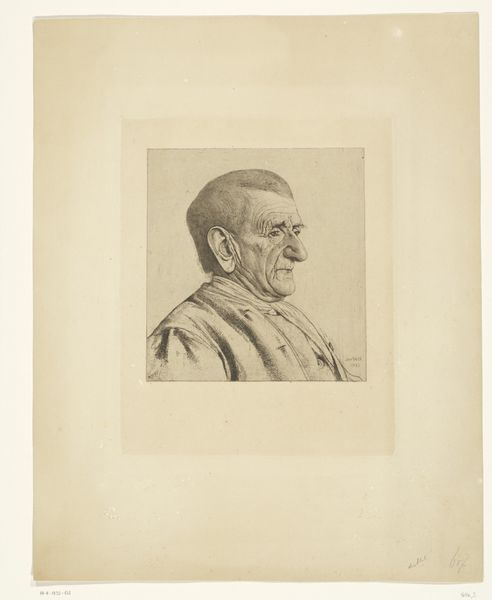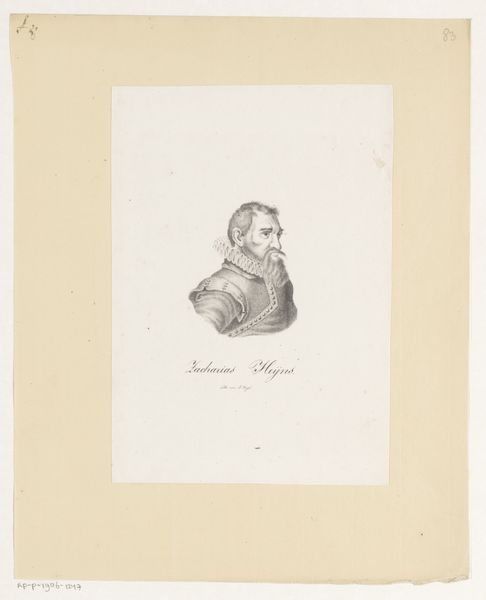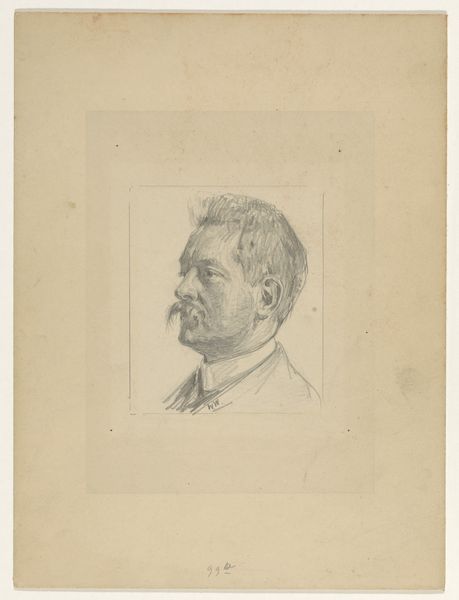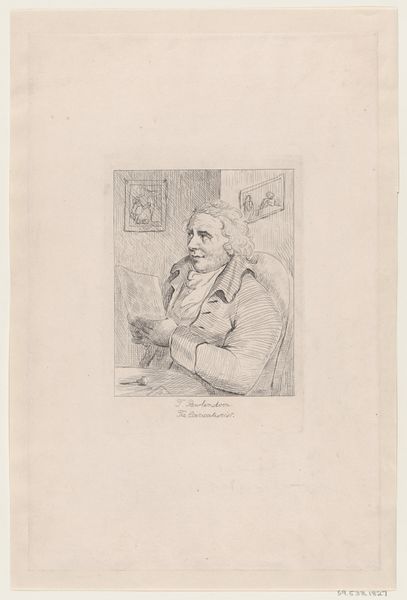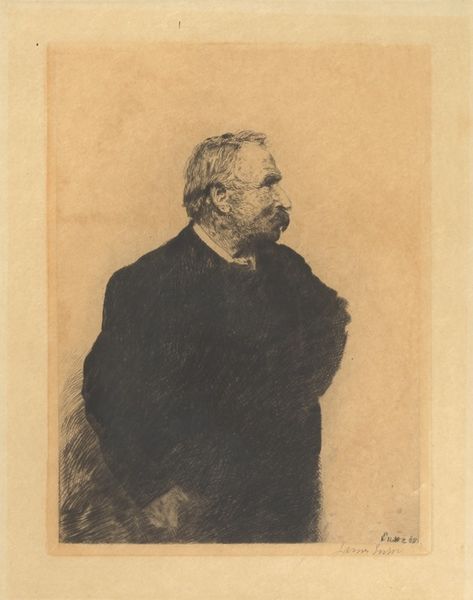
drawing, pencil
#
portrait
#
drawing
#
toned paper
#
light pencil work
#
pencil sketch
#
personal sketchbook
#
idea generation sketch
#
ink drawing experimentation
#
pen-ink sketch
#
pencil
#
sketchbook drawing
#
pencil work
#
sketchbook art
#
realism
Dimensions: height 110 mm, width 90 mm
Copyright: Rijks Museum: Open Domain
Curator: Welcome! Today, we're looking at a work called "Portret van een onbekende man" – "Portrait of an Unknown Man"—a pencil drawing executed by Jacques Doré, sometime between 1871 and 1909. Editor: The delicacy is striking! It feels so immediate, as if we’re intruding on a private moment. There’s an almost melancholic quality to his expression, a weight in his gaze that draws you in. Curator: Doré, known primarily for his book illustrations and engravings, crafted this portrait with subtle shading, creating form from light and shadow. It’s important to understand that while Doré achieved wide public recognition, academics of his time didn't give him much due. Editor: Right, and seeing this in light of his social positioning highlights fascinating questions: who was this unknown man? And why did Doré choose him as a subject? Is it about giving dignity to someone overlooked by dominant narratives, and did this tie in with the political mood? Curator: The 'unknown' element is compelling. It defies the trend of memorializing elites. In terms of process, this feels less like a commission, perhaps an intimate, personal study of character? Editor: Definitely, the lack of pretension feels subversive. The quick pencil strokes contribute to a sense of authenticity. I see the way the man's hair is receding, his slightly weary eyes— details which combine to produce such relatable human qualities. This isn’t some idealized representation, it feels like a truthful glimpse. Curator: Agreed. The drawing's immediacy suggests Doré sought something deeper than mere likeness. It highlights the value of representing diverse individuals. While social mobility could increase over the later decades of Doré’s life, it did not change everything about class representation. Editor: Precisely. The quietness of this drawing speaks volumes. It invites us to reflect on who is deemed worthy of being remembered, of being seen, and the value of artistic renderings that celebrate unsung members of society. It reminds us that everyone's story matters, that ordinary people’s experiences deserve our attention, too. Curator: It encourages one to revisit narratives of the 19th century to examine not just prominent individuals, but everyday subjects given importance through artistic capture. Editor: I leave this drawing with a renewed sense of wonder at how a simple sketch can carry such weight.
Comments
No comments
Be the first to comment and join the conversation on the ultimate creative platform.
